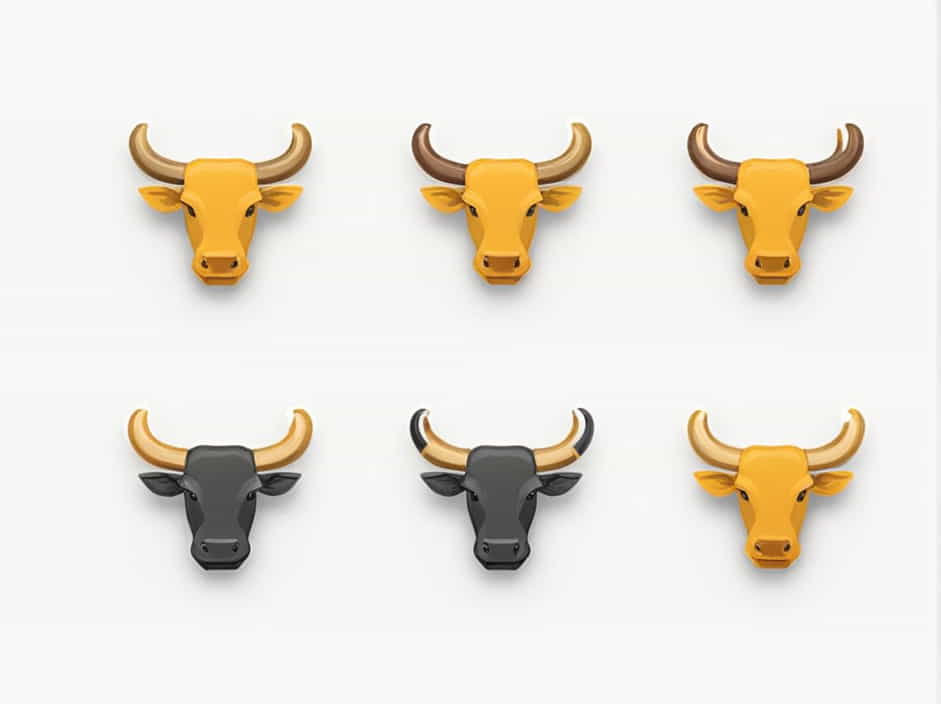Watusi cattle are a fascinating and ancient breed of cattle known for their distinctive long horns and unique adaptability. Originating from Africa, these cattle have been domesticated for centuries, playing a crucial role in the lives of local communities. Today, Watusi cattle are not only valued in Africa but also in many other parts of the world. This topic explores what Watusi cattle are used for, highlighting their various roles and benefits.
Origins and History of Watusi Cattle
Watusi cattle, often called Ankole-Watusi, trace their roots back to East Africa, particularly in countries like Uganda, Rwanda, and Burundi. These cattle are considered sacred in some cultures and have historically represented wealth, social status, and prosperity. Their ability to thrive in harsh environments makes them highly valuable for both traditional and modern uses.
Primary Uses of Watusi Cattle
1. Milk Production
One of the main uses of Watusi cattle is for milk production. Although their milk yield is not as high as specialized dairy breeds, Watusi milk is rich in fat and nutrients, making it valuable for local diets. In many African communities, milk from Watusi cows is used to make butter, yogurt, and other dairy products.
2. Meat Production
Watusi cattle are also used for meat, although this is less common compared to other beef breeds. Their meat is lean and flavorful, often considered a delicacy in certain regions. Because of their cultural significance, these cattle are sometimes only slaughtered for special ceremonies or festivals.
3. Ceremonial and Cultural Symbol
In traditional African societies, Watusi cattle are much more than livestock — they are symbols of wealth and social prestige. Owning a large herd signifies power, and the cattle are often part of dowries, tribal negotiations, and important cultural ceremonies.
4. Show Animals
In countries outside Africa, Watusi cattle are becoming popular as exotic show animals. Their stunning appearance, highlighted by their massive, curved horns, makes them a favorite in livestock exhibitions, ranches, and zoos. Many breeders keep Watusi cattle for ornamental purposes, attracting visitors to farms and ranches.
5. Crossbreeding Programs
Due to their resilience and disease resistance, Watusi cattle are often used in crossbreeding programs. They can pass on desirable traits such as heat tolerance, drought resistance, and parasite resistance to other cattle breeds. This makes them valuable in developing hardier cattle populations in different climates.
Unique Traits That Make Watusi Cattle Valuable
Exceptional Adaptability
Watusi cattle thrive in extreme climates, particularly in hot, dry regions with limited water and pasture. This resilience makes them suitable for farming in challenging environments, where other cattle breeds might struggle to survive.
Efficient Feed Conversion
Watusi cattle are known for their efficient metabolism. They can sustain themselves on poor-quality forage while maintaining relatively good body condition. This low-maintenance aspect reduces feeding costs, making them economically valuable for small-scale farmers.
Iconic Horns
The horns of Watusi cattle are not just for display. They serve important functions such as thermoregulation, helping to disperse body heat in hot climates. These horns also provide defense against predators, adding to their survival advantage in the wild.
Economic Importance of Watusi Cattle
Income Generation for Farmers
In rural African communities, Watusi cattle represent a form of living wealth. Families sell cattle during times of financial need, such as paying school fees or medical bills. Outside Africa, breeding and selling Watusi cattle can also be profitable, especially for farmers catering to niche markets interested in exotic livestock.
Eco-Tourism and Agritourism
On wildlife ranches and exotic animal farms, Watusi cattle attract visitors who want to see this remarkable breed up close. Some farms offer guided tours, allowing tourists to learn about the breed’s history, care, and unique characteristics. This creates an additional income stream for farm owners.
Health and Veterinary Care for Watusi Cattle
Although Watusi cattle are hardy, they still require basic health care to thrive in captivity. Routine vaccinations, parasite control, and balanced nutrition are important. Breeders also monitor their horns for injuries, as overly heavy or damaged horns can cause discomfort.
Conservation and Preservation Efforts
Due to modernization and changes in agricultural practices, the traditional role of Watusi cattle in African societies is gradually declining. Conservation programs aim to preserve the genetic purity and cultural significance of these cattle. Breeders’ associations around the world also work to promote responsible breeding and education about the breed’s importance.
Watusi Cattle in Modern Farming Systems
With rising interest in sustainable agriculture, Watusi cattle are gaining attention for their ability to thrive under low-input conditions. Their capacity to survive on marginal lands and withstand climate challenges aligns well with sustainable livestock practices.
Integrating with Regenerative Farming
Some farmers use Watusi cattle in rotational grazing systems to help improve pasture health. Their natural browsing behavior helps control weeds and promotes plant diversity, contributing to healthy soil and ecosystem balance.
The Future of Watusi Cattle
As climate change impacts global agriculture, the resilience of Watusi cattle may become even more valuable. Researchers are exploring how their genetic traits could benefit other breeds, especially in regions facing water scarcity and rising temperatures.
At the same time, the cultural heritage tied to Watusi cattle remains a powerful motivator for their preservation. Whether they are prized for their beauty, practicality, or cultural meaning, these cattle will likely continue to capture attention and admiration worldwide.
Watusi cattle serve a wide range of purposes, from milk and meat production to cultural symbols, show animals, and breeding stock. Their adaptability, iconic appearance, and deep cultural roots make them truly unique among cattle breeds. As modern farming evolves, these ancient cattle continue to demonstrate their value, blending tradition, functionality, and beauty into a single remarkable animal.
Keywords: Watusi cattle uses, Ankole-Watusi cattle, Watusi cattle milk production, Watusi cattle meat, Watusi cattle for show, exotic cattle breeds, benefits of Watusi cattle, Watusi cattle adaptability, ceremonial cattle, African cattle breeds.
